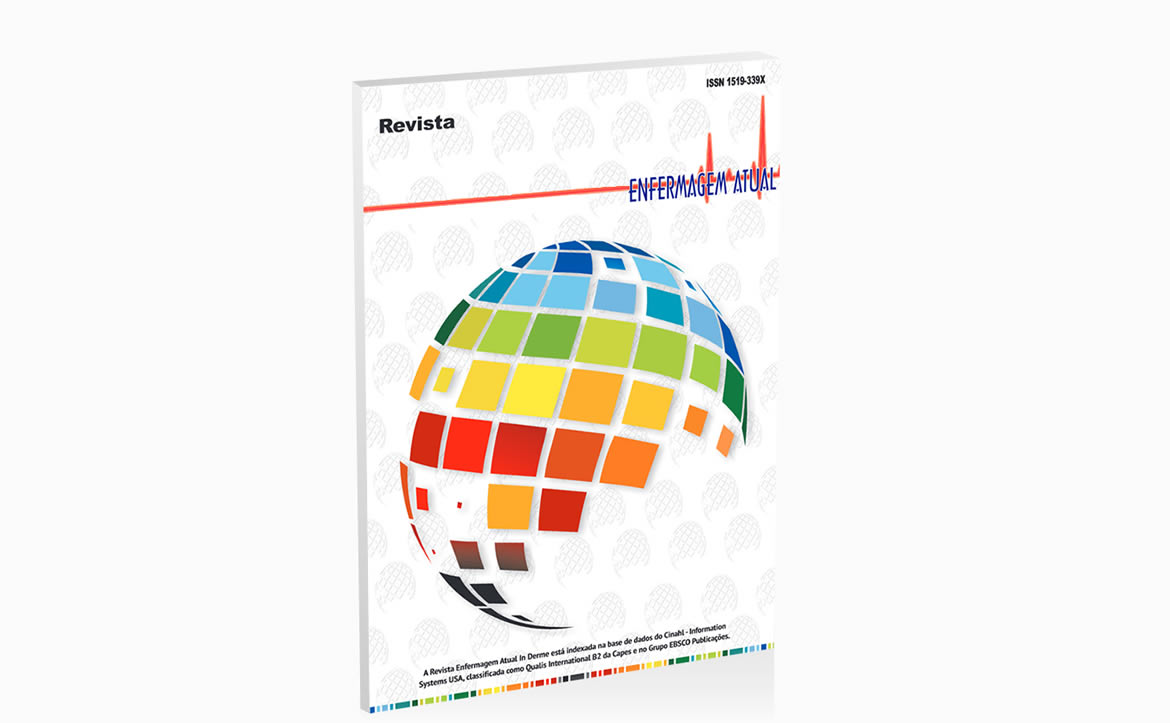Infecções da corrente sanguínea em unidade de terapia intensiva: estudo retrospectivo em um hospital de ensino
Bloodstream infections in intensive care unit: retrospective study in a teaching hospital
DOI:
https://doi.org/10.31011/reaid-2019-v.87-n.25-art.215Resumo
O objetivo deste estudo foi verificar os fatores de risco e perfil epidemiológico dos pacientes diagnosticados com infecção
de corrente sanguínea, bem como os microrganismos responsáveis pela infecção. Estudo transversal, em que foi realizado
um levantamento das hemoculturas e dados dos pacientes internados em unidade de terapia intensiva adulto com diagnóstico de infecção de corrente sanguínea, durante o ano de 2016. Foram coletadas informações referente ao paciente e
sua internação, bem como ao agente responsável pela infecção e seu perfil de resistência. Foram incluídas 24 hemoculturas
positivas para crescimento bacteriano. A média de idade dos pacientes foi de 53,9±21,1 anos e 54,5% dos pacientes acometidos pela infecção eram homens. Dos pacientes, 59,1% apresentavam histórico de doença cardíaca, sendo que destes,
63,6% foram a óbito. As bactérias Gram positivas foram mais relacionadas com a infecção, em que 54,2% eram Staphylococcus coagulase negativa e destes, 76,9% foram resistentes meticilina. Identificou-se que o sexo masculino, indivíduos idosos e com histórico de alguma comorbidades prévia, com destaque para as doenças cardíacas, foram os mais acometidos
com bacteremia. Quanto ao agente bacteriano responsável pela infecção, o Staphylococcus coagulase negativa foi o mais
relacionado aos casos diagnosticados, bem como o seu alto perfil de resistência deste microrganismo frente a meticilina.
Palavras-chave: Bacteremia; Fatores de Risco; Diagnóstico; Unidade de Terapia Intensiva.
ABSTRACT
The objective of this study was to verify the risk factors and epidemiological profile of the patients diagnosed with bloodstream infection, as well as the microorganisms responsible for the infection. A cross-sectional study was carried out in
which blood cultures were collected and data were collected from patients admitted to an adult intensive care unit with a
diagnosis of bloodstream infection during the year 2016. Information about the patient and hospitalization was collected,
as well as the agent responsible for the infection ‘and its resistance profile. 24 blood cultures positive for bacterial growth
were included. The mean age of the patients was 53.9±21.1 years and 54.5% of the patients affected by the infection were
men. Of the patients, 59.1% had a history of heart disease, of which 63.6% died. Gram positive bacteria were more related
to infection, in which 54.2% were coagulase negative Staphylococcus and of these, 76.9% were resistant to methicillin. It
was identified that the male sex, elderly individuals and with history of some previous comorbidities, especially heart diseases, were the most affected with bacteremia. As for the bacterial agent responsible for the infection, Coagulase negative
Staphylococcus was the most related to the diagnosed cases, as well as its high resistance profile of this microorganism
against methicillin.
Keywords: Bacteremia; Risk factors; Diagnosis; Intensive Care Unit.












